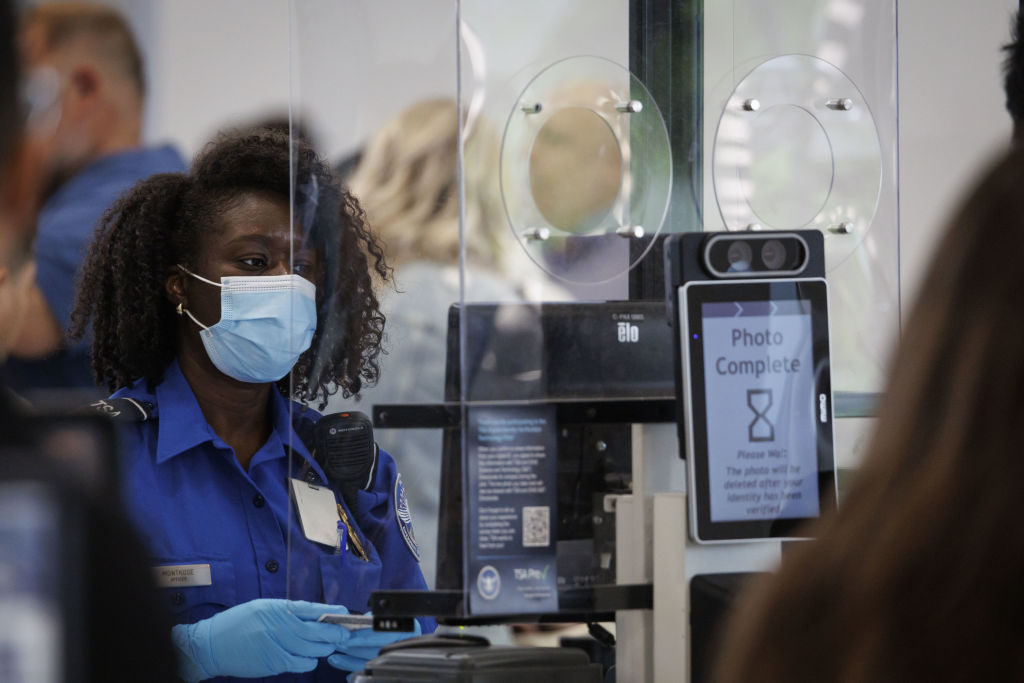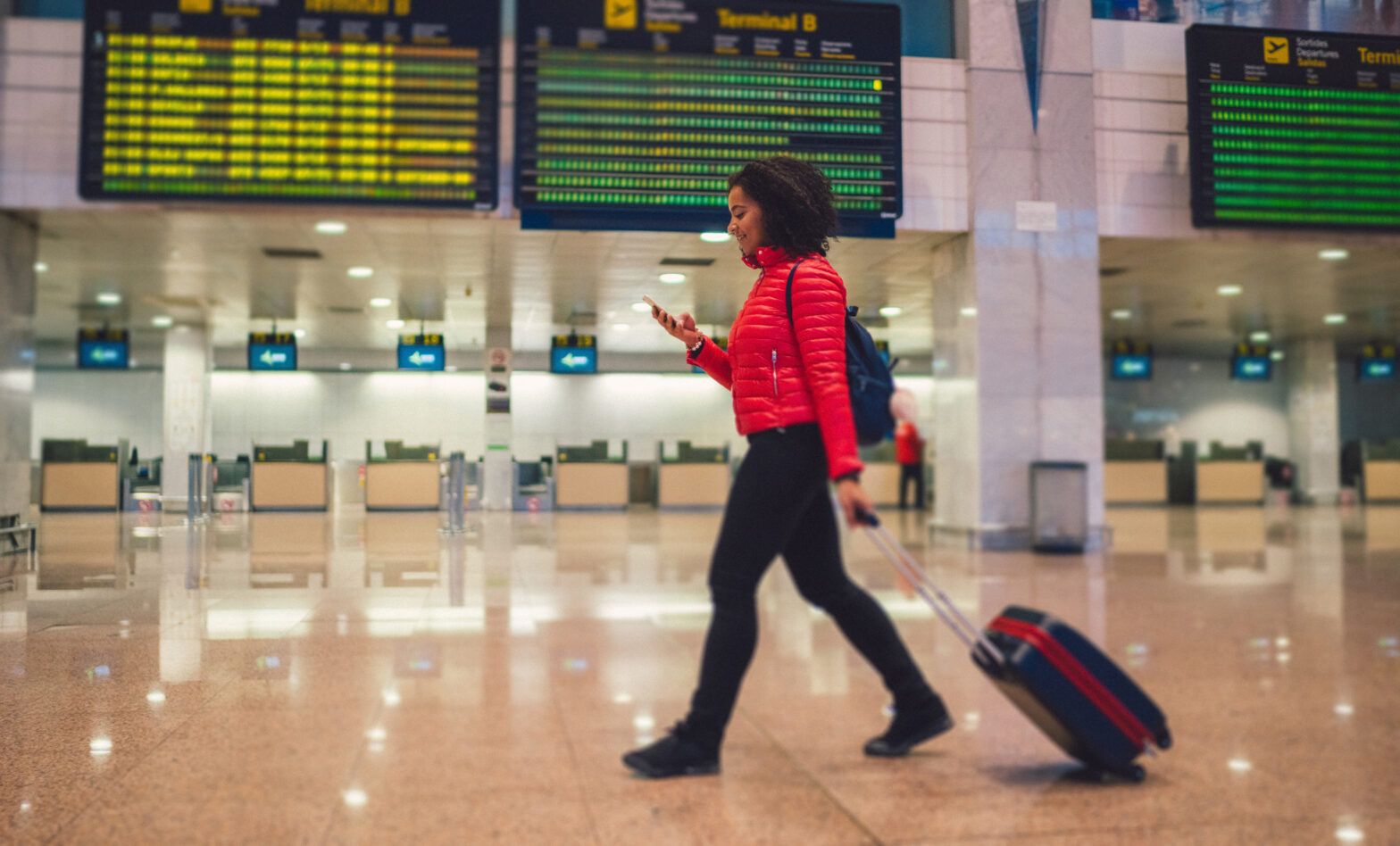The White House issued a statement May 1 that visitors to the United States from other countries will no longer be required to present vaccination documentation for COVID-19.
As of May 11, the United States will no longer mandate that people get vaccinated against the coronavirus because the state of a public health emergency has ended. It will no longer be required for federal employees, contractors, and subcontractors to comply with vaccination requirements. Due to the pandemic, travel is restricted in the United States. It makes the country one of the few countries with such restrictions. The ban will not apply to foreign nationals who enter the United States via land or sea ports, as these types of arrivals are exempt.
In the statement, the White House said, “We are now in a different phase of our response when these measures are no longer necessary.”
Good News for US Tourist Sector
This measure pleased states that rely on tourism for domestic business.
According to Representative Brian Higgins, who serves the area of Buffalo and Niagara Falls in the state of New York, this announcement is positive news for Canadians who cross the border into the United States. Higgins told BBC in a statement, “While long overdue, this lifting of pandemic restrictions is certainly welcome news and critically important as we seek opportunities to encourage a robust cross-border exchange that delivers shared prosperity.”
In April, President Joe Biden signed a bill that put an end to the national emergency that had been declared due to the COVID-19 virus. This made it possible for the United States to implement comprehensive changes to its health and welfare systems in order to combat the virus.
By ending the national emergency, the bill signaled a transition from a state of emergency response to a phase of implementing comprehensive changes aimed at combating the virus and its effects. It provided an opportunity for the United States to reevaluate and adjust its strategies, policies, and resources to better address the evolving needs of the population during the ongoing pandemic.





